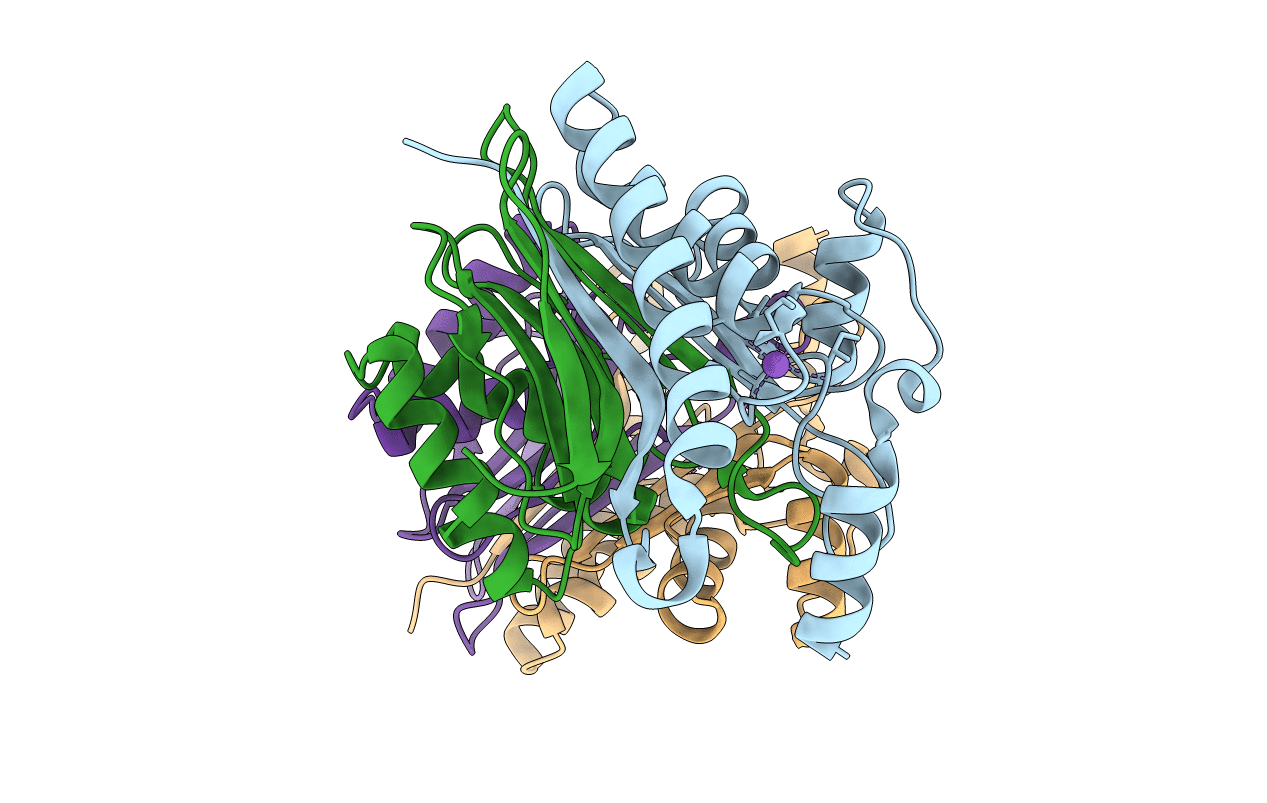
Deposition Date
2001-09-30
Release Date
2003-09-09
Last Version Date
2024-11-13
Entry Detail
PDB ID:
1K2X
Keywords:
Title:
Crystal structure of putative asparaginase encoded by Escherichia coli ybiK gene
Biological Source:
Source Organism:
Escherichia coli (Taxon ID: 562)
Host Organism:
Method Details:
Experimental Method:
Resolution:
1.65 Å
R-Value Free:
0.19
R-Value Work:
0.16
R-Value Observed:
0.16
Space Group:
P 21 21 21


